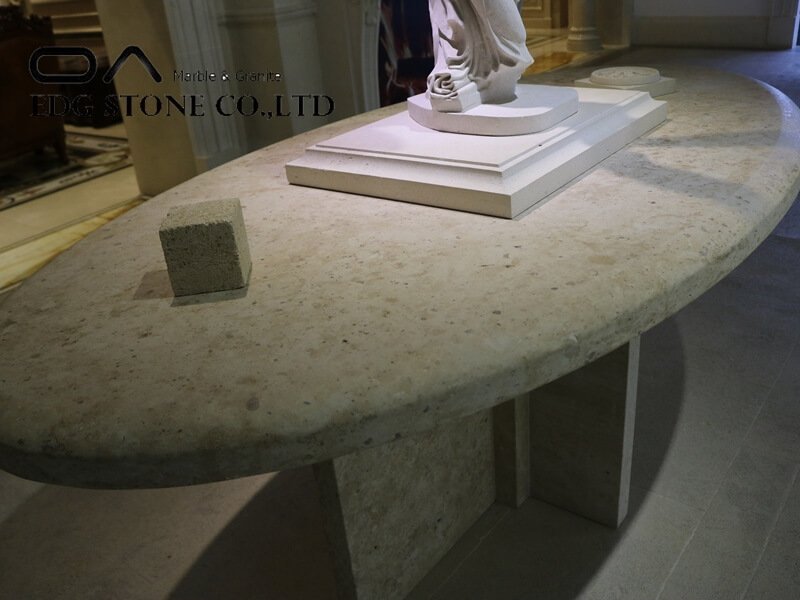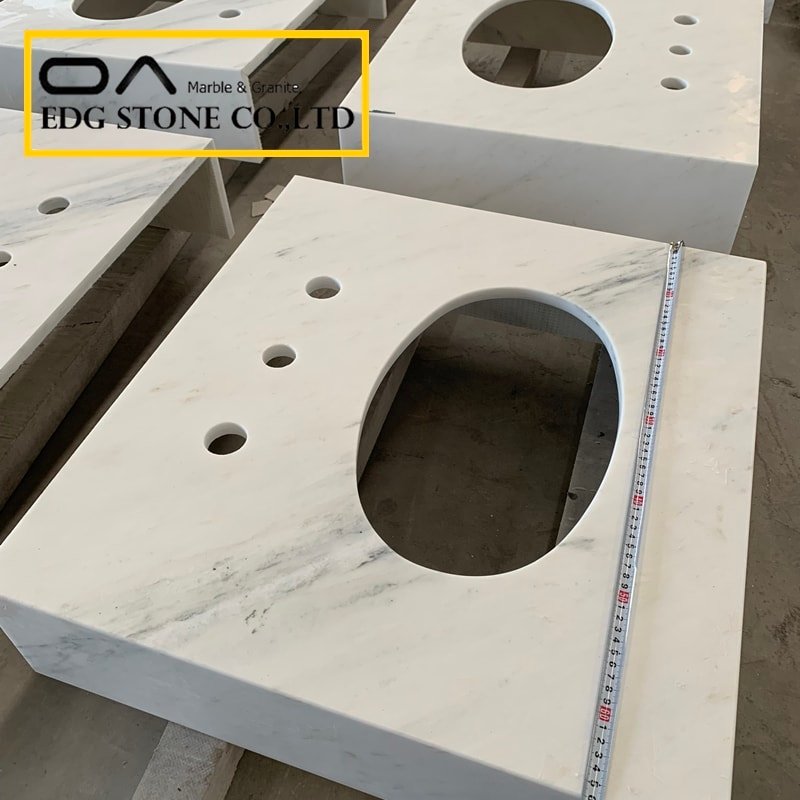Limestone, a good choice for kitchen floor materials. The subtle pattern structure and soft and neutral color are unique characteristics of limestone. In modern kitchen design, limestone is a good choice for kitchen floor materials. Limestone is hard, low porosity, attractive appearance, wear-resistant, and durable. It also has oil resistance, although it needs to be sealed to enhance the antifouling performance, keep it in the best condition, and easy to clean and maintain. Limestone is usually the unpolished surface. Limestone is very soft, and the subtle color changes make the owners, architects, and designers of floors, countertops, and interior and exterior walls admire it.
Limestone floors have high resistance to freezing and thawing. Therefore, limestone can be used in any climate, and it is not affected by the climate. It is extremely durable and easy to care for.
Limestone has been used as flooring for thousands of years. Limestone is a sedimentary rock. The content of calcite and calcium carbonate accounts for more than 50%. Other components include particles, shell fragments, marine animal bones, and primitive organisms such as fossils and dinosaur bone fossils. Limestone is a calcareous stone, and it will react easily when it comes in contact with certain acidic substances such as vinegar and wine. Limestone is softer than igneous rocks such as granite, but some limestone is hard and dense, which makes limestone suitable for indoor use. Limestone also has anti-slip properties and is not easy to fade, which is very suitable for kitchen floors. But limestone can be corroded by acid.
The colors of limestone floors are black, gray, white, yellow, and brown. Pure limestone is white or milky white. But due to the presence of impurities, such as clay, sand, iron oxide, or other materials, limestone often shows different colors. There are several different types of surface polishing. Because of the different colors and appearance of limestone, the texture is also different. Limestone is composed of a variety of different stones, with different characteristics.
The variation of limestone is mainly the difference in hardness, density, and porosity. Some types of limestone are very soft and not suitable for cutting. The surface of this stone is easily scratched. Some limestone is very hard and dense and can be ground to a true gloss or high gloss surface. Soft stones cannot be polished to a high gloss surface.
Limestone has long been the choice of architects and many places of interest in the world, especially North America and Europe. Limestone is also used in many public buildings such as stations, banks and other buildings built in the late 19th century and early 20th century. Limestone can add character and depth to the kitchen.






